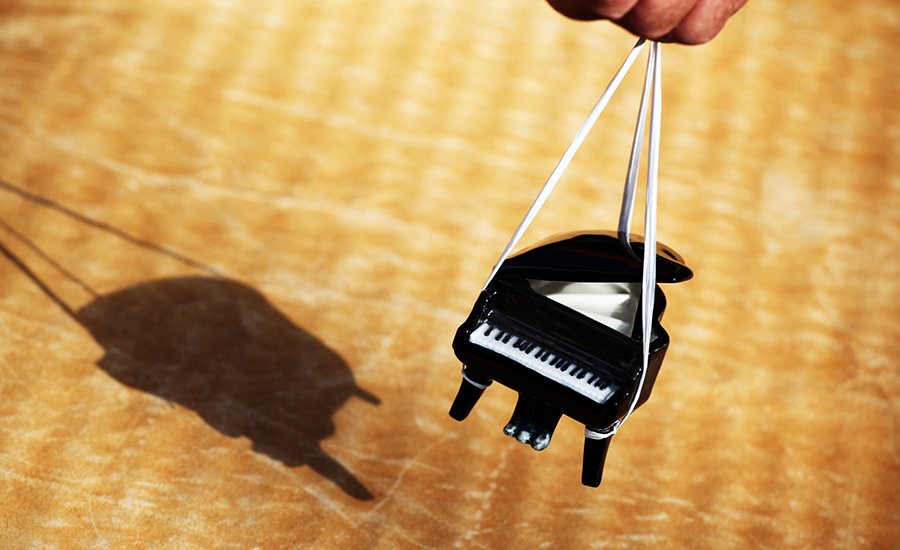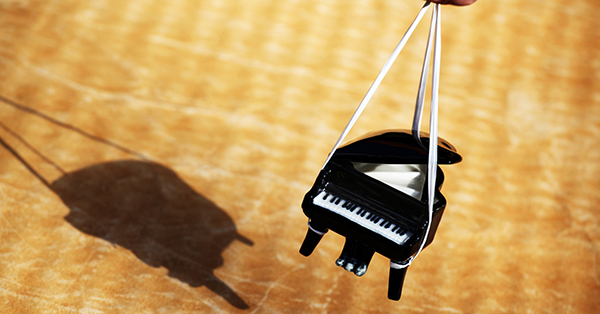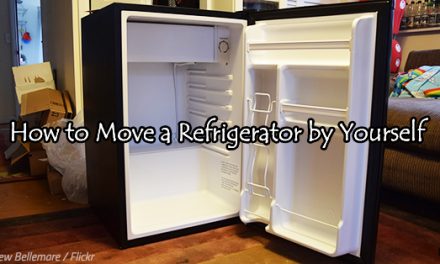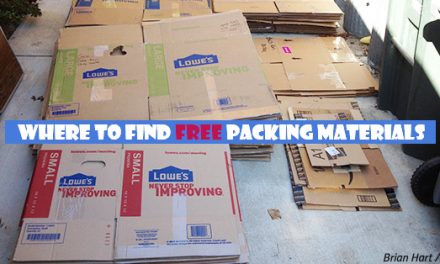
Transporting a piano requires careful planning and precise handling. Despite their large size and weight, pianos are delicate instruments that require protection both inside and out. In this article, we will provide a comprehensive guide on how to move a piano, based on the expertise of professionals with 25+ years of experience at CallMyMover.com.
CallMyMover is a trusted moving service based in Long Island, NY that offers a wide range of services to meet diverse relocation needs.
1. Assess Your Piano
Assessing a piano thoroughly is crucial when planning a successful relocation, whether you’re moving it within your home or to a new location. Knowing your piano’s specifications and enlisting the help of professionals can make the process safer and more efficient.
First, identify the type and model of your piano, as this information can help determine its size and weight. Take measurements of the piano’s length, width, and height to ensure it can fit through doorways, stairwells, and hallways during the move.
It’s also crucial to determine the piano’s weight so that you can assess the necessary equipment and manpower needed for safe transportation. Inspect the piano for any visible damage or wear and tear, and note down any pre-existing issues. If possible, consult a technician or tuner to assess the internal components for any potential issues that may need attention before the move.
It’s also important to consider the climate conditions in your area, as extreme temperature and humidity fluctuations can affect the piano’s tuning and structural integrity. Gather information about the piano’s history, including maintenance records, past relocations, and any significant repairs or refurbishments. This information can help assess the overall condition and potential vulnerabilities of the instrument.
Lastly, it’s essential to engage with a team of piano-moving professionals who have experience with relocating pianos. They can provide expert advice and assess the piano’s specific needs for safe transportation.
Additionally, check your insurance coverage to ensure your piano is adequately insured during the relocation. Discuss this with your piano-moving professionals to understand their liability coverage and determine whether additional insurance is needed.
2. Gather the Appropriate Tools
- A piano dolly is a four-wheeled cart designed to carry heavy objects, such as pianos. It comes in different sizes to accommodate both grand and upright pianos and has a padded surface to protect the piano’s finish.
- Moving straps are essential for lifting and maneuvering the piano, distributing the weight evenly, and reducing the risk of injury to movers and damage to the piano.
- Moving blankets provide a protective layer to wrap around the piano, preventing scratches and dings during transportation.
- If you’re moving a grand piano, a piano skid board is a wooden platform with built-in wheels designed specifically for this purpose, allowing for easy mobility and support while keeping the piano stable during the move.
- Stair climbing equipment, such as motorized stair climbers or stair roller carts, may be necessary to move the piano up or down stairs safely.
- Piano covers and furniture sliders can also be helpful for protecting the piano and making it easier to move within a room.
- A basic toolkit with screwdrivers, pliers, and wrenches may be needed to disassemble and reassemble certain piano parts, such as the legs or pedals, for easier transportation.
- Safety should always be a priority, and you should wear gloves, safety goggles, and back support belts to prevent injuries.
- Ramps and threshold ramps can assist in smoothly transitioning the piano over curbs, steps, or uneven surfaces, reducing the risk of damage.
- Straps, ropes, and tie-downs should be used to secure the piano on the dolly or in the moving truck to prevent shifting during transit.
- It’s essential to have a suitable moving truck or vehicle with a ramp or lift-gate to safely load and unload the piano, ensuring it’s secured in place during transit.
- If you’re moving a grand piano and expect a significant change in climate or environmental conditions, consider having piano tuning tools on hand to address any tuning adjustments that may be needed after the move.
Professional piano movers, like CallMyMover.com have the necessary equipment and training to ensure the piano’s safe and damage-free relocation.
3. Plan the Route
To safely move your piano, plan the best route to get it out of your home and into the moving vehicle. Ensure that the path is obstacle-free and determine where the piano will be placed in its new location. If you are moving long distances, choose a high-quality route, free of potholes and maintenance issues.
A piano is not just heavy, but it’s also top-heavy making it possible to tip over if not secured properly. Get at least 4 people to help in carrying the piano onto the moving vehicle to maintain stability and balance.
- Lift the piano onto the loading vehicle, never push or pull.
- Move the piano slowly and carefully, avoiding any sudden movements.
- Ensure that the piano is first loaded into the moving truck. This will keep it stable during the move.
Pro tip: Always push a piano forward, never pull it backward. Doing otherwise can destabilize and inflict damage on the instrument.
4. Securing the Piano in the Truck
The piano should be secured firmly in the moving vehicle to prevent it from moving around during the trip. Make sure to use sturdy ropes or straps to fasten it securely. Professionals are trained and equipped to ensure the safe and secure transportation of your piano.
5. Unloading and Unpacking
After successfully navigating to the new location, follow the earlier steps in reverse to unload and position the piano in its new position. Slightly lift the piano off the dolly and move it to its designated location in your new place. Let the team of experts help ease the process.
If you’ve found this guide helpful, make sure to check out our other posts on our blog.







![What to Do on the First Day in Your New Home [10 Must-Do Tasks]](jpg/first-day-in-new-home-440x264.jpg)

